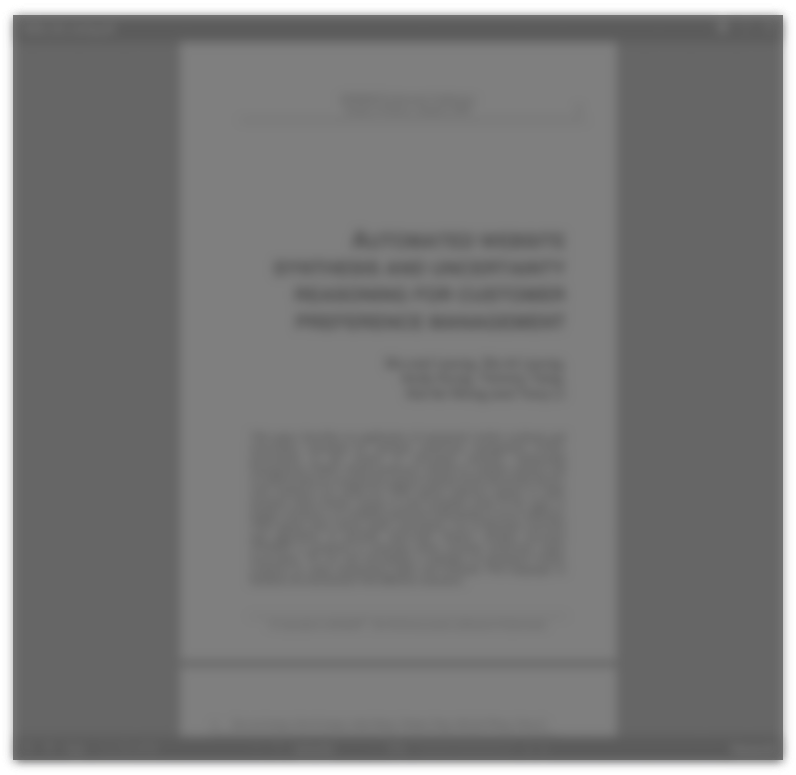Abstract:
9 out of 10 voters can position themselves on a left / right semantic differential scale. Some 30% choose for the center position. The scale-positions largely explain party-choice in elections as well as perceptions of political entities such as parties and political leaders. The frequency distributions between left and right are highly stable over time. The tendency to shift in either direction (if forced to do so) changes slightly more in successive surveys. On the whole polarisation-simulation favours the right, both over all and in the political center. The middle-of-the readers are being further analysed. They show both scepticism and low political interest but also a relatively open mind. Since many of them go and vote they do decide about parliamentary stalemate or workable majorities. They tend to attribute authority to politically less involved leaders and there appear to be political program items that appeal to the political center more than to other voters.
This could also be of interest:
Research Papers
 The don't know voters
The don't know voters
Catalogue: Seminar 1986: Opinion Polls
Author: Paula Hirstiö-Snellman
Company: Gallup International Association
 June 15, 1986
June 15, 1986
Videos
 Unspoken: Swipe right, swipe left (Spanish)
Unspoken: Swipe right, swipe left (Spanish)
Catalogue: Latin America 2017: #IN
Authors: Juan Andres Tello, Andrés Moreno
Company: SKIM
 April 5, 2017
April 5, 2017
Research Papers
 Classifying undecided voters in pre-election surveys
Classifying undecided voters in pre-election surveys
Catalogue: ESOMAR Congress 1982: Fitting Research To Turbulent Times
Authors: Frederick Wiseman, I. Fenwick, J. W. Becker, J. Heiman
 June 15, 1982
June 15, 1982






